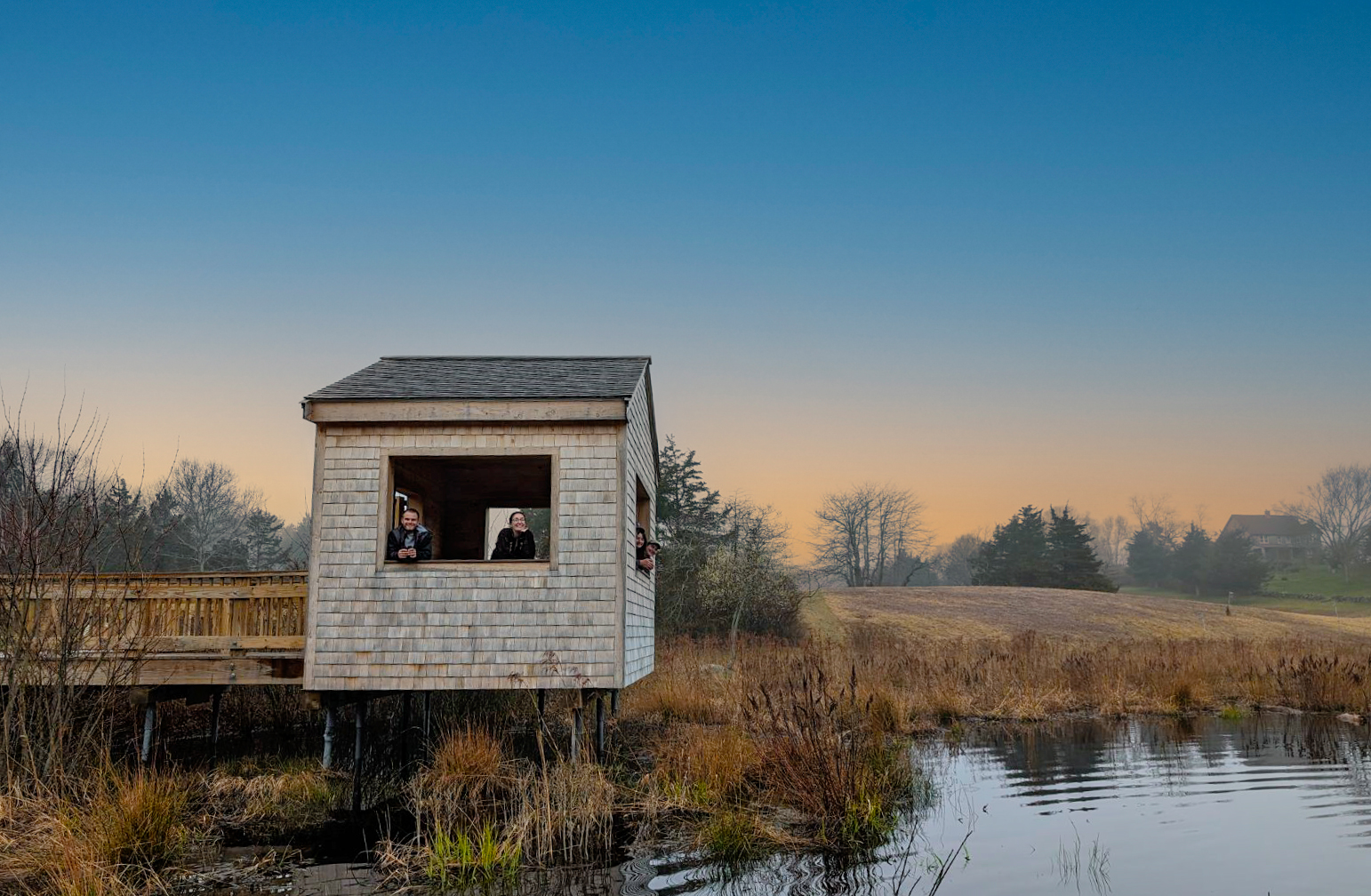By John Hagan, Manomet President
It’s well known in the scientific community that a species’ body shape can be affected by climate. For example, moose (Alces alces) in northern Sweden, where it’s colder, are larger than moose (same species) in southern Sweden. Larger-bodied individuals have less surface-area-to-volume ratio, which means there’s less skin exposed to air, and therefore less heat loss. This pattern, known as “Bergmann’s Rule,” is an eco-geographical principle first described by the German biologist Carl Bergmann in 1847.

Distribution and migration routes of the six subspecies of Red Knot. (source: http://carnivoraforum.com/topic/9966442/1/ )
Bergmann’s Rule is one possible explanation for why the body size of the European subspecies of Red Knot (Calidris canutus canutus) has gotten statistically smaller in the last 20 years. The arctic, where Red Knots breed, is the fastest warming region on earth. Consistent with Bergmann’s Rule, we might expect knots to adapt to the warmer climate by getting smaller. But that’s just one hypothesis.
 In a recent article in the journal Science, a group of scientists made a compelling case that something else might be happening. The study was a marvel of both intercontinental detective work and statistical correlations that usually do not hold up well at the hemispheric scale.
In a recent article in the journal Science, a group of scientists made a compelling case that something else might be happening. The study was a marvel of both intercontinental detective work and statistical correlations that usually do not hold up well at the hemispheric scale.
The authors found that on the breeding grounds in northern Siberia, the bill length of “hatch-year” Red Knots was shorter when snow cover melted earlier in the spring/summer. With climate change, the snow is melting earlier and earlier each year. In turn, insects, the critical breeding season food for Red Knots, are emerging earlier. Red Knot migration and reproduction are now out of synchrony with arctic insect emergence. So, the hatchlings are malnourished and, as a result, smaller-bodied and shorter-billed.
When the malnourished, short-billed birds reach the wintering grounds (if they are lucky enough to reach the wintering grounds) on the northwest coast of Africa (Banc d’Arguin, Maritania), they struggle to reach their preferred and most nutritious prey, a Loripes clam that is typically three to four centimeters deep in the sand. This means, “strike two” for the short-billed, early-snow-melt cohort of knots.
Finally, the authors showed that juveniles hatched in the arctic in early-snow-melt years were less likely to be seen again (a basic result of Darwin’s “survival of the fittest” theory from 1859).
In short, the climate is changing so fast that we don’t know whether Red Knots can evolve fast enough to keep pace. Hopefully, knots that migrate earlier and breed earlier (and the genes that enable them to behave that way) will be selected fast enough that early-migrating behavior becomes the “new normal.” The result—the species adapts and survives.
But this story isn’t just a Red Knot story. Most migrating bird species that breed in the arctic and boreal forest are faced with this same challenge of a rapidly changing climate. They are programmed to migrate at a particular time of year, when food is predictably abundant in the arctic. It’s the schedule that has worked for millennia. But all of a sudden, their “software program” needs updating. The invisible hand of natural selection goes into action, even if the forces behind the changing climate are not natural.

Red knots and other shorebirds line up in the fading evening sun, waiting for the crabs to finish spawning as the tide drops. Photo by Brad Winn.
At Manomet, we’ve been recording migrating landbird body size for almost 50 years. Remarkably, many species that come through Manomet are showing a change in body size. But all of the landbirds that are changing size (statistically) at Manomet are getting bigger, not smaller. What could be driving this body size trend? Maybe it’s climate change pressure. Maybe not. But one thing we know, body size is changing. The nearly five decades we’ve been studying birds at Manomet might seem long to humans, but that is a really short amount of time to be detecting statistically significant changes in body size.
So what if birds’ body sizes are changing?
Manomet’s long-term monitoring informs us that these changes are taking place in the human-modified world. If the climate is changing faster than species can keep up, that’s worth knowing.
Humans might fare well, regardless of landbird (or Red Knot) body size changes, but maybe we should use these observations as a sign that humans would be well-served by paying attention to what is going on in the natural world.
Like birds, we are biological organisms that depend on climate for our own food system. A force that can change body size of a species this much this fast has implications for us as well.
Like Red Knots, we will need to adapt.





 Back to all
Back to all